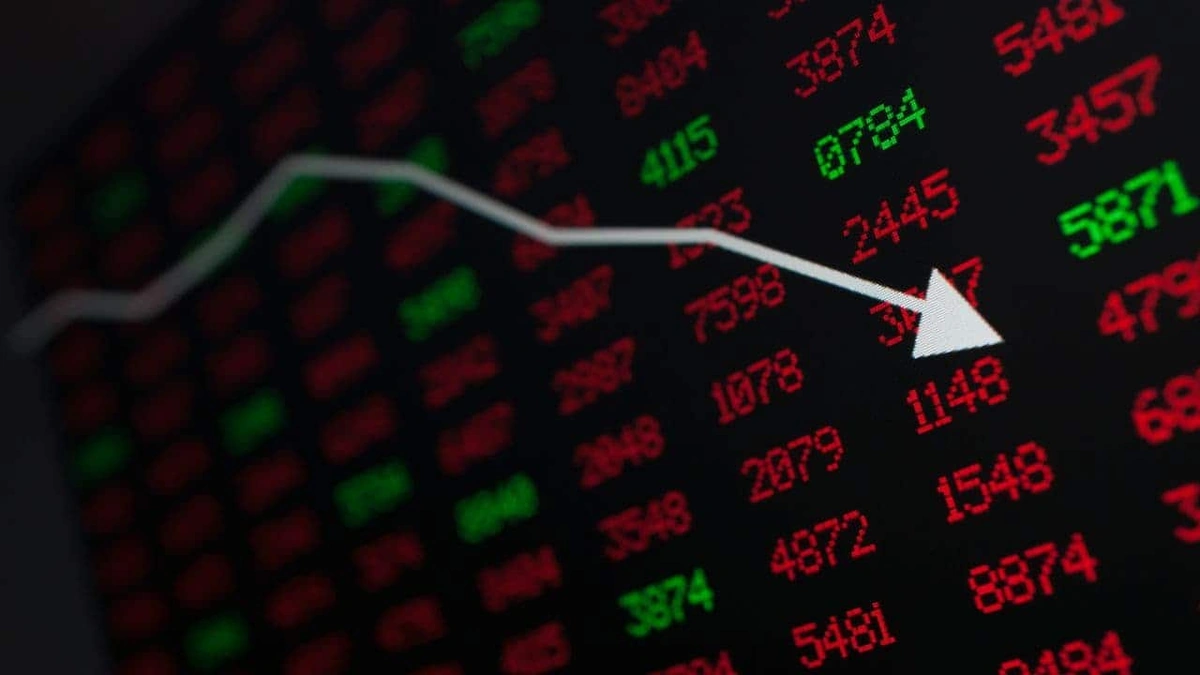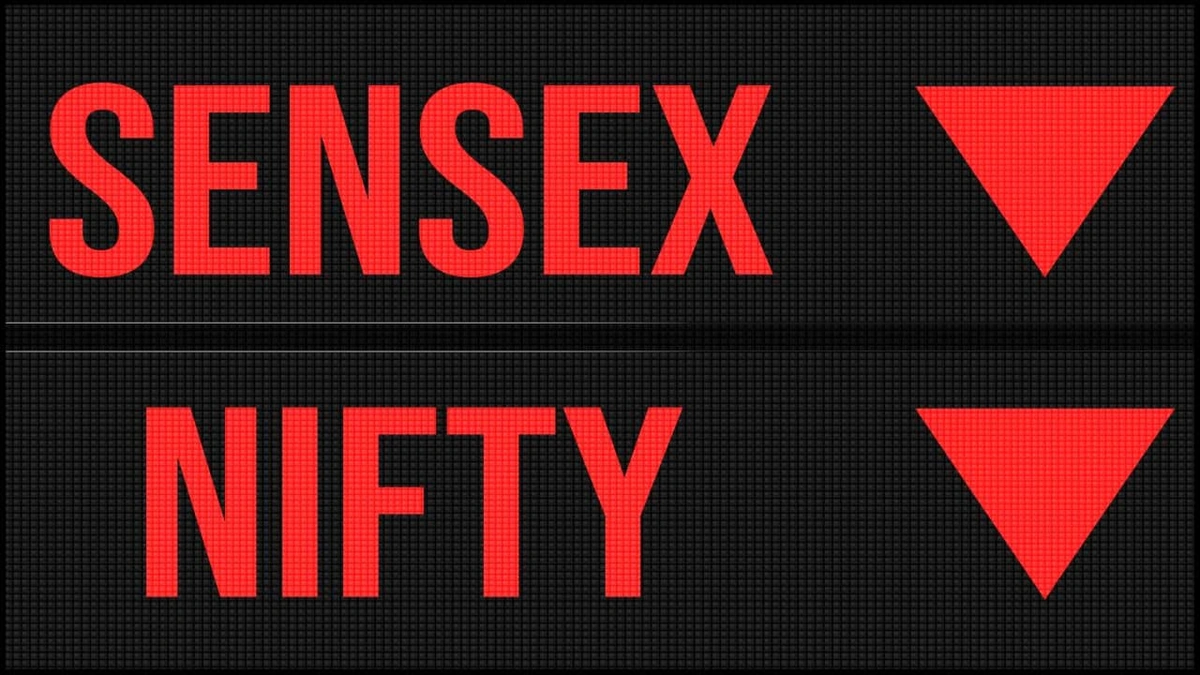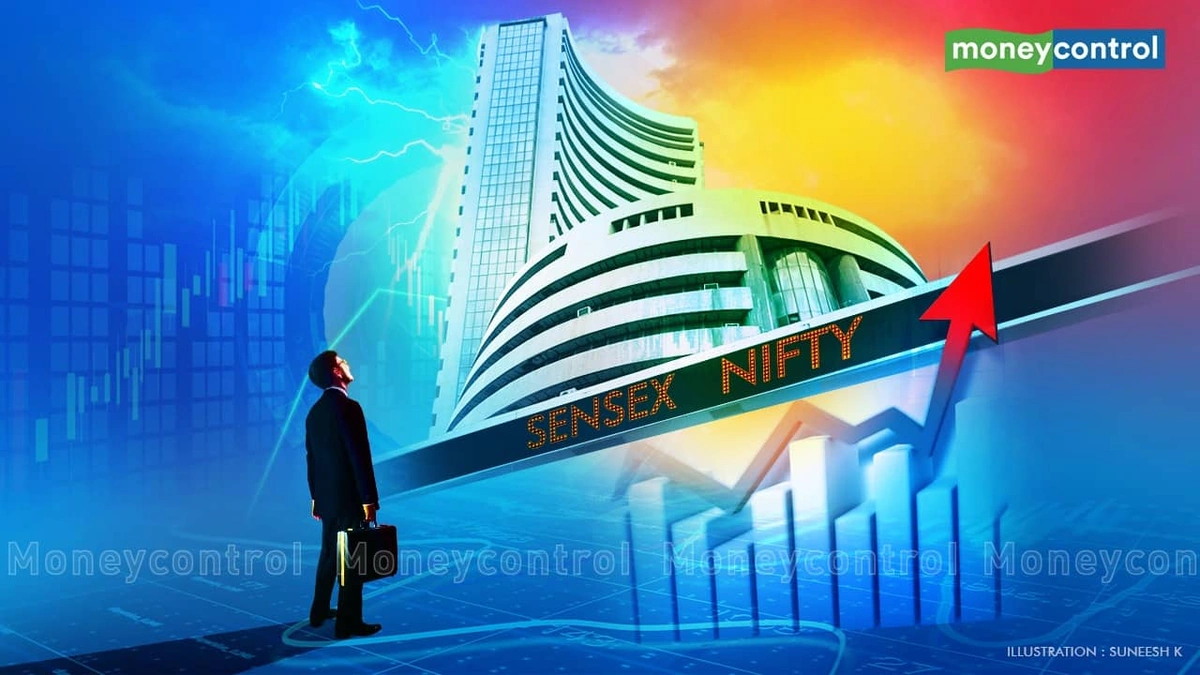Sensex on Moneycontrol | Why This One Number is Your Most Important—and Misunderstood—Financial Friend
Let’s be honest. You’ve done it. I’ve done it. We’ve all done it.
Thank you for reading this post, don't forget to subscribe!You’re in a meeting, pretending to listen, but under the table, your thumb is swiping. Refreshing. You’re waiting for your coffee, and before you even check your messages, you open that familiar green and white app. The first thing you look at? That one number. That single, powerful, emotionally charged figure next to the word ‘Sensex’ on your Moneycontrol screen.
It’s either a splash of calming green or a jolt of anxiety-inducing red. And in that split second, it dictates your mood. A 500-point jump and you feel like a financial genius. A 300-point drop and you start questioning every life choice that led you to invest in the stock market.
But here’s the thing we rarely stop to ask ourselves: What are we really looking at? Beyond the daily drama, what is the Sensex actually trying to tell us? It’s more than just a scorecard. It’s a story, a mood ring, and a weather report for the Indian economy, all rolled into one. And understanding its language is the first real step from being a nervous spectator to a confident investor.
So, What Actually Is the Sensex? (Beyond the Textbook Definition)

Forget the jargon for a second. The S&P BSE Sensex, its full, formal name, is essentially the collective report card of the 30 largest, most established, and financially sound companies listed on the Bombay Stock Exchange (BSE). Think of them as the “big daddies” of the Indian stock market the HDFC Banks, the Reliances, the TCSs of the world.
But it’s not a simple average. That’s the part most people miss.
Imagine a classroom of 30 students. The Sensex isn’t their average score. Instead, it’s a weighted average, where the student with the biggest influence (the company with the highest “free-float market capitalization”) has a much bigger say in the final grade. So, if Reliance has a great day, it can lift the entire Sensex, even if 15 other smaller companies in the index are having a bad one.
This is crucial. When you see the BSE Sensex move on Moneycontrol, you’re not seeing the health of all 5,000+ companies listed in India. You’re seeing a snapshot of how the 30 most influential players are feeling. It’s less of a census and more of an expert poll. And as the oldest index in India, it has been telling this story since 1986.
Moneycontrol and the Modern Investor’s Ritual

The rise of apps like Moneycontrol has democratized access to the market. A generation ago, you’d have to wait for the pink paper in the morning or catch the business news at night to know the closing bell numbers. It was a slow, deliberate process.
Today? We have a live-ticking, heart-pounding IV drip of market data right in our pockets. The moneycontrol app has become the default window for millions to watch the share market live . And that’s both a blessing and a curse.
It’s a blessing because it keeps us informed. We have more data at our fingertips than a professional trader did 20 years ago. We can track our portfolios, read news, and see trends in real-time.
But it’s a curse because it encourages a dangerous habit: reacting to noise instead of signals. That constant refresh, that obsession with the intraday tick, turns long-term investing into a short-term emotional rollercoaster. The real value of tracking the sensex moneycontrol feed isn’t in what it does minute-to-minute, but what its broader trends are telling you over weeks and months. This involves a more strategic approach, perhaps similar to how one might evaluate a business for sale owner financing deal, focusing on long-term health rather than daily fluctuations.
Reading Between the Red and Green | What the Sensex Is Really Telling You

Okay, so this is the core of it. What does a 75,000 Sensex mean versus a 72,000 Sensex? What’s the hidden story?
Let me rephrase that for clarity. The stock market is what’s known as a “leading indicator.” It doesn’t reflect what’s happening in the economy today. Instead, it reflects what big investors believe will happen 6 to 9 months in the future.
It’s a collective bet on the future.
- When the Sensex is consistently rising (a bull market): It’s a vote of confidence. Investors are optimistic. They believe companies will make more profit, the government’s policies are favorable, and consumers will keep spending. Foreign institutional investors (FIIs) are likely pumping money into India, believing it’s a great place to grow their capital. It signals economic expansion down the road.
- When the Sensex is consistently falling (a bear market): It’s a vote of no confidence. Fear is the dominant emotion. Investors might be worried about rising interest rates from the RBI, geopolitical tensions, poor corporate earnings, or a looming recession. They are selling their stocks to move into safer assets like gold or fixed deposits. It signals a potential economic slowdown.
Think about Budget Day. The Finance Minister stands up to speak. The Sensex goes wild not based on the current state of the economy, but on whether the announcements are perceived as “good” or “bad” for future corporate profits. That’s the market pricing in the future, live on your screen.
The Sensex Isn’t the Whole Story (And Why That’s Okay)

Here’s a secret that will save you a lot of anxiety: the Sensex is not the entire market.
It’s just one of the two headline indices. The other, of course, is the NSE’s Nifty 50 . They are highly correlated (they usually move together), but the Nifty represents 50 stocks, giving a slightly broader view. For most practical purposes, their story is the same. One tells you the mood in Mumbai (BSE), the other in New Delhi (NSE), but they’re both watching the same movie.
But the real story often lies beyond them.
There have been many days when the Sensex is flat or down, but your mid-cap or small-cap mutual funds are flying. This is because the broader market has a life of its own. These smaller companies are often more plugged into the domestic Indian economy and can thrive even when the giant, globally-connected firms of the Sensex are facing headwinds.
So, here’s my advice. When you open your Moneycontrol app, yes, look at the Sensex. But then, do yourself a favor and take one more step. Tap on ‘Markets’ and look at the sectoral indices. Is the Sensex down because IT stocks got hit by bad news from the US, but Bank Nifty is up? That tells you a much more nuanced story.
Understanding which sectors are driving the change is a crucial piece of stock market analysis . It’s about knowing the financial health of various sectors, much like how Tata Capital trusted financial services provides a view into corporate and consumer lending.
The Sensex is the headline. The real story is often in the details.
Ultimately, that number on your screen is a guide, not a guru. It’s a compass that shows you the general direction the wind is blowing. But your financial journey depends on your own map your goals, your risk appetite, and your timeline. Don’t let the daily noise of the Sensex make you swerve off the road to your long-term destination.
Your Sensex Questions, Answered
What’s the difference between Sensex and Nifty? Should I track both?
Think of them as two different, slightly overlapping expert panels. The Sensex tracks the top 30 companies on the Bombay Stock Exchange (BSE), while the Nifty 50 tracks the top 50 on the National Stock Exchange (NSE). They almost always move in the same direction. For a retail investor, tracking one (usually the one your app shows first) is perfectly fine to get the market’s pulse.
If the Sensex is crashing, should I sell all my stocks?
In a word: no! For long-term investors, a falling market is often a buying opportunity, allowing you to buy great companies at a discount. Panic selling is one of the biggest mistakes investors make. Unless your personal financial situation has changed, stick to your investment plan (like your SIPs).
How often should I really check the Sensex on Moneycontrol?
Honestly? As little as possible. If you are a long-term investor (investing for goals 5+ years away), checking once a week or even once a month is more than enough. Checking daily or hourly only leads to emotional decisions, not smart ones. It’s tough, but try to break the habit!
What are some of the biggest companies in the Sensex?
The composition changes over time, but the heavyweights consistently include companies like Reliance Industries, HDFC Bank, ICICI Bank, Infosys, and Tata Consultancy Services (TCS). A big move in any of these stocks can have a significant impact on the entire index.
Does the Sensex affect my debt or fixed deposit investments?
Not directly. The Sensex tracks the stock market (equities). Your fixed deposits, PPF, or debt mutual funds are separate asset classes. However, the economic factors that cause the Sensex to fall (like high interest rates) can sometimes make debt instruments more attractive, and vice versa.













